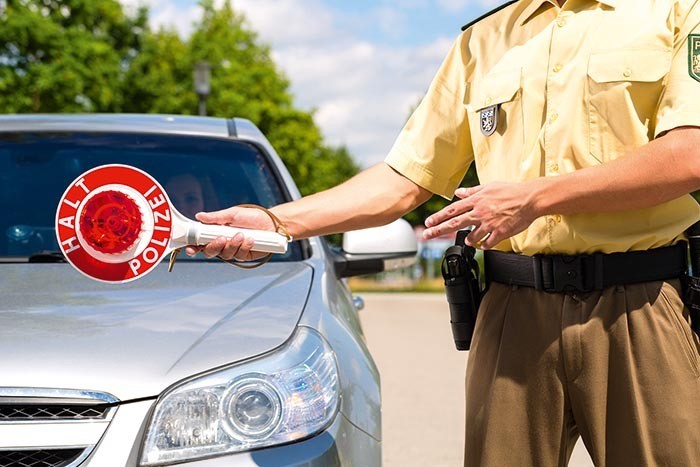
What is the difference between OES auto parts, OEM and aftermarket auto parts?
If you've ever been in the market for new parts for your car, you've probably seen the acronyms OEM and OES at some point. When a customer is looking for the most reliable part or the cheapest part, it can be frustrating that these acronyms are not particularly convenient for the average consumer, especially when the definitions are very similar. However, if you are looking for an automotive part, it is helpful to understand the meaning of codes and jargon.
First, OES stands for "Original Equipment Supplier" and OEM stands for "Original Equipment Manufacturer". Many of the parts you will encounter will fit into one of these categories. People sometimes get confused because the definitions themselves are actually very similar. Simply put, an original equipment supplier part is made by the manufacturer that made the original factory part for your car model. On the other hand, the original equipment manufacturer may not originally manufacture that particular part for your vehicle, but has an official history of contracts with the automaker.
Let's say, for example, that the manufacturer of your car contracts with Company A and Company B for a particular part. If your vehicle was originally equipped with a Company A part, the other Company A part will be considered an OES and the Company B part (however identical) will be an OEM. Automakers tend to outsource the production of a given part to multiple companies for many reasons. When several companies produce the same identical part, the automaker can ensure stable production without the risk of being stopped due to contract disagreements.
It's important to highlight the fact that OEM and OES parts are usually indistinguishable from one another when it comes to features and performance. Even though it may be a different manufacturer from one part to another, they all follow the exact specifications laid out by the car's designer.
However, some consumers are confused by the fact that two identical parts can have aesthetic differences. While the appearance of one OEM part will never be too different from another, there can be several different reasons for such a change. For example, one manufacturer may have a proprietary numbering system that separates their parts; so it was with Porsche and some other manufacturers. The choice of surface design may be at the discretion of the manufacturer. However, as long as the manufacturer is approved by the automaker, you can be sure that the new part will perform just like its predecessor.
However, the rules change when you get into the realm of aftermarket parts. These parts are so named because they are created either by manufacturers or designs that never came with the original sale of the car, and are therefore acquired independently after the fact. These "third-party" parts open up the market significantly and are generally aimed at vehicle owners who want to ditch standard (but expensive) official licensed parts in favor of an unofficial alternative.
Spare parts have a much wider range of prices and quality. While buying these parts can help you avoid OEM component branding costs, the unregulated nature of aftermarket components means you need to have a cynical eye when buying. Some parts (called "counterfeit") usually have a very attractive price, but are of terrible poor quality. Counterfeit parts manufacturers tend to go out of their way to make their components look as close to the real thing as possible, making it sometimes difficult to tell gold from junk. As a general rule, if a price seems too good to be true, it almost certainly is.
On the other hand, spare parts sometimes even offer a technically superior alternative to official parts. Whether the main aftermarket part is made from materials that would be too expensive to mass-produce, or simply better engineered, these parts are perfect for the experienced home mechanic looking to optimize their car. What's more, many of these advanced parts come with a lifetime manufacturer's warranty; this is especially helpful given that replacing official OEM parts with third party sources can void your original warranty.
The correct choice of part type ultimately depends on the needs of the car owner. It's generally safe to buy official licensed parts, but with the high prices associated with branding, it might be worth buying aftermarket parts yourself. If you are still not sure, you can talk to a mechanic or ask an AvtoTachki representative for help.

